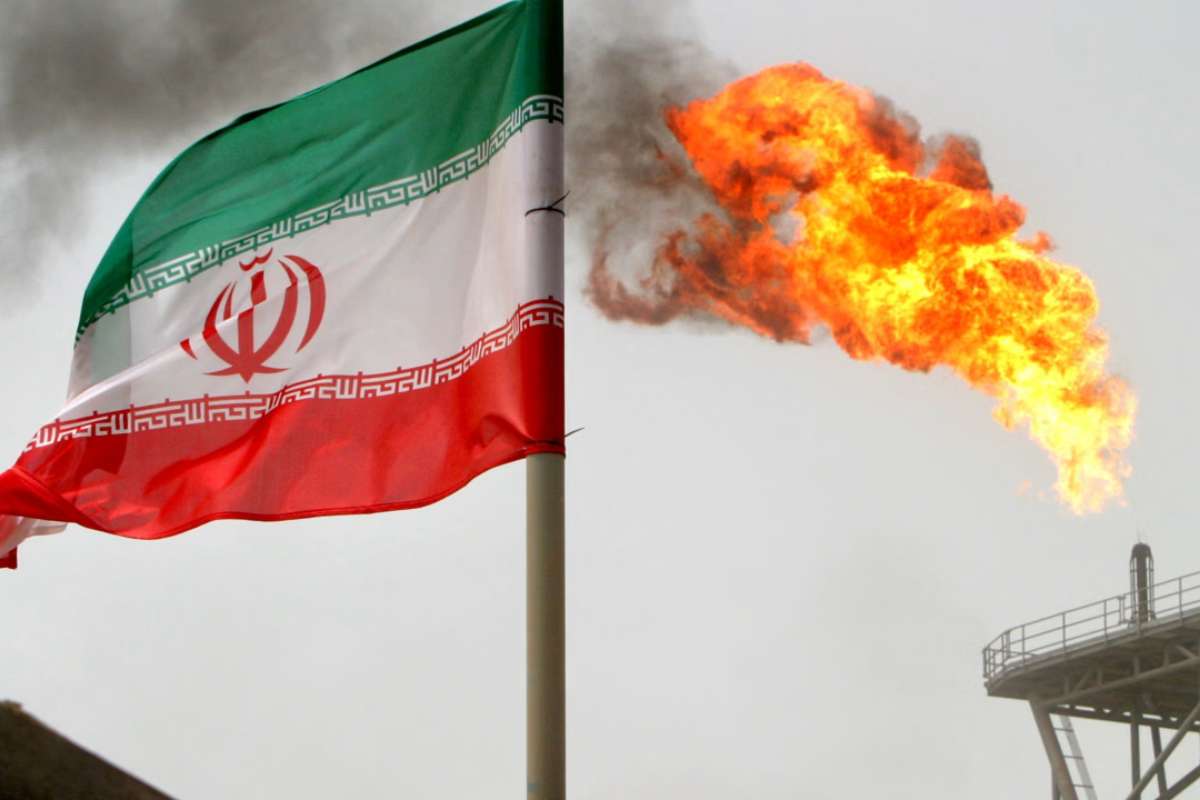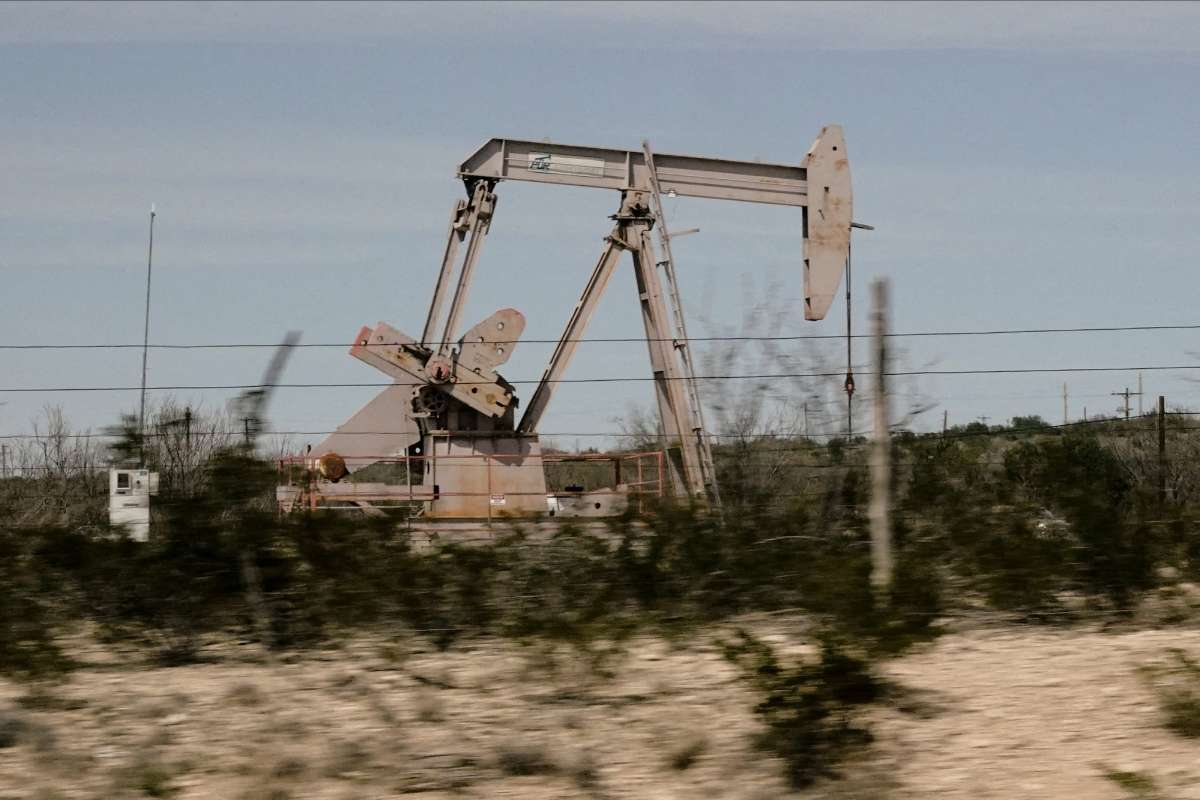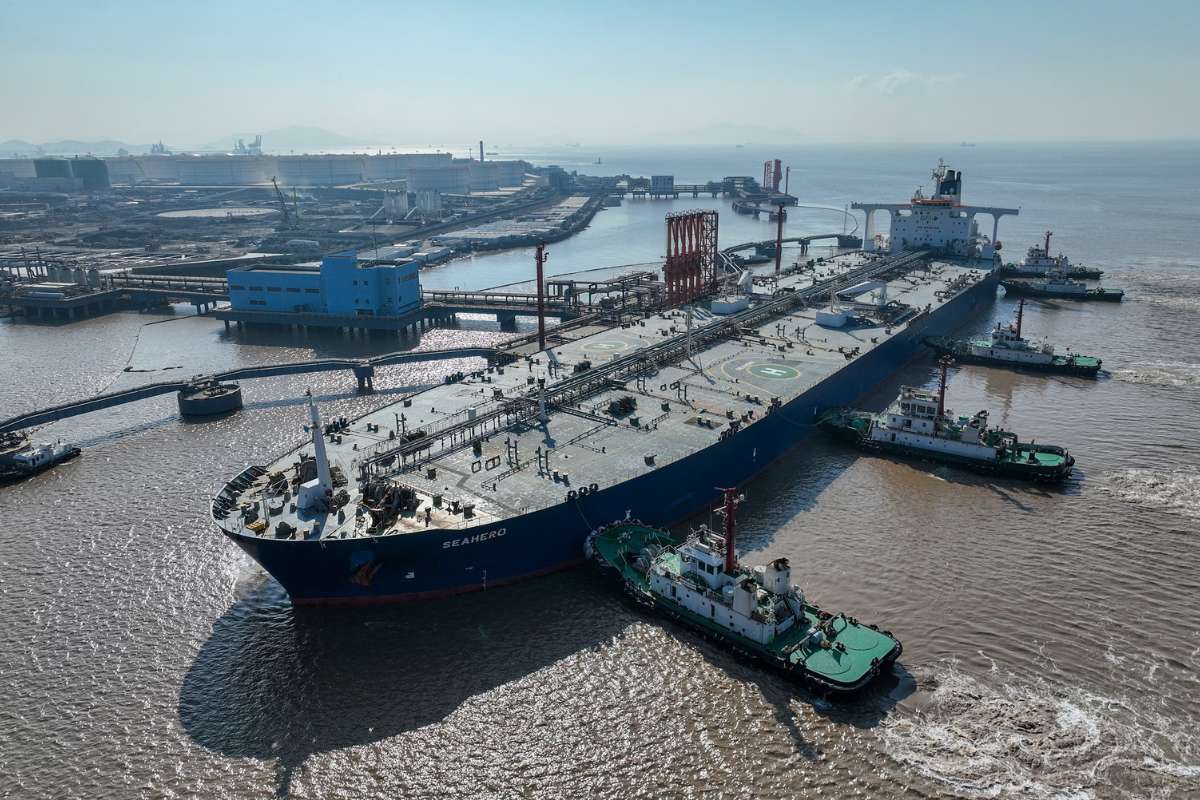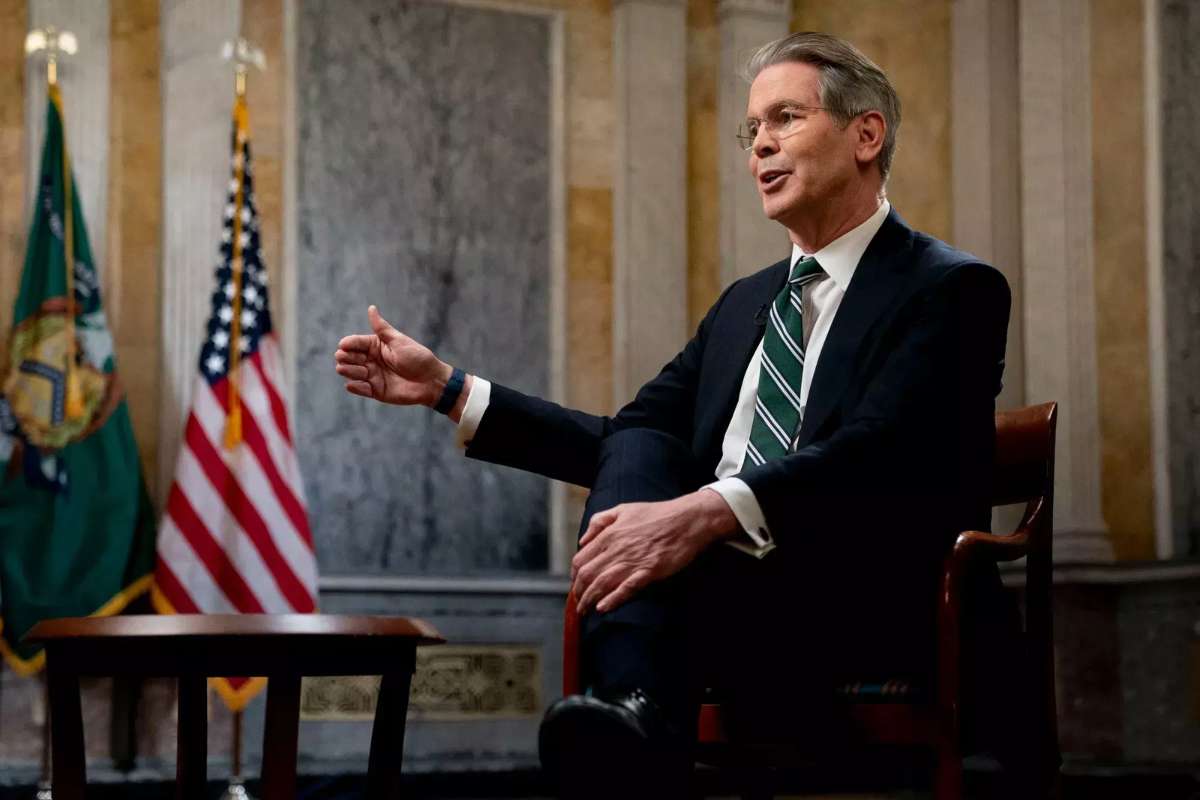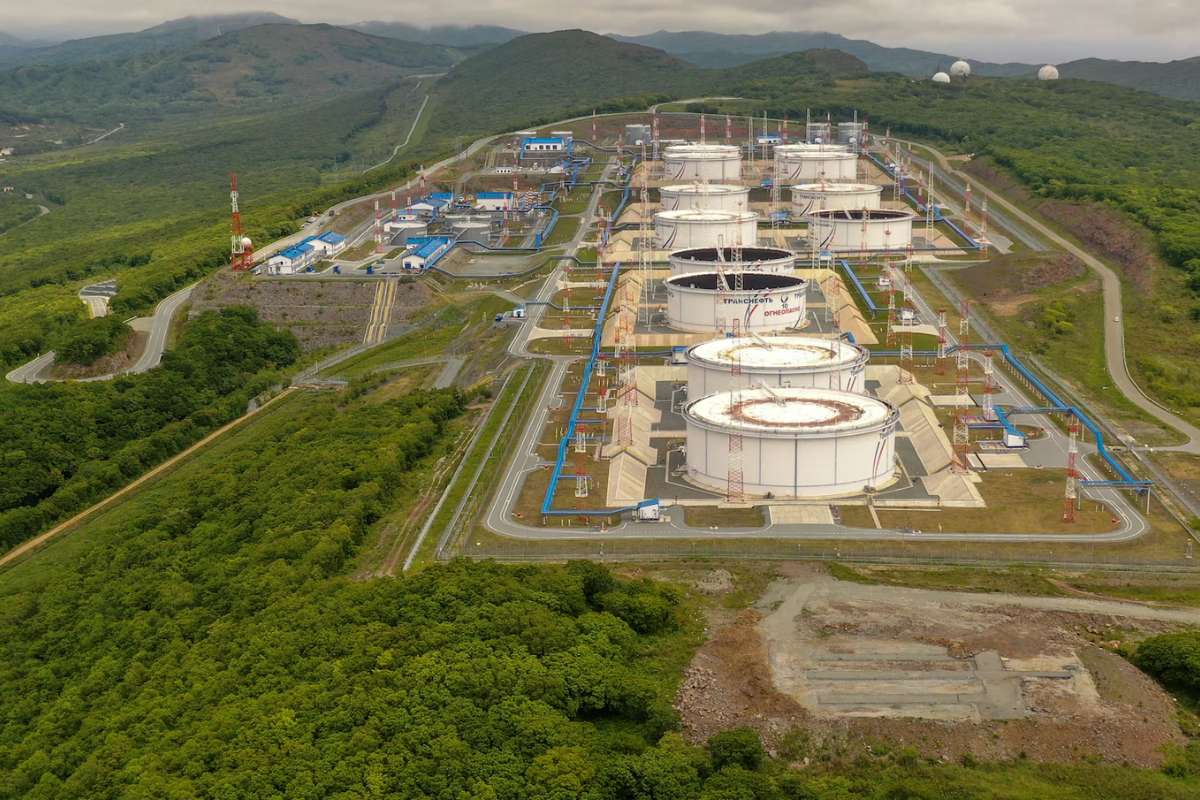Oil prices rose more than 1% on Tuesday, supported by new restrictions on Iranian oil flows and expectations that OPEC+ producers will maintain current output cuts at the upcoming meeting.
Brent crude futures settled 99 cents higher, or 1.45%, at $69.14 a barrel, while U.S. West Texas Intermediate (WTI) gained $1.58, or 2.47%, to $65.59 a barrel. WTI did not settle on Monday due to the Labor Day holiday.
The gains reflect tightening supply in global markets, with refiners facing reduced access to certain trade flows and seeking alternative sourcing strategies to keep operations steady.
Supply Adjustments Challenge Refiners and Traders
The latest sanctions have effectively curbed shipments of Iranian oil, reducing access to a key grade of crude that had been circulating in Asian markets. With fewer options available, refiners are expected to face higher procurement costs as they compete for compliant supplies from other producers.
Saudi Aramco and Iraq’s state-owned SOMO have also scaled back sales to some refiners in Asia, including India’s Nayara Energy, following earlier restrictions on Russian-linked barrels. For companies that rely on a steady inflow of medium-to-heavy crude, these developments create new challenges in maintaining balanced refining runs.
“The market is beginning to price in reduced flexibility,” one industry analyst observed. “Refiners may need to adjust blends, seek alternative supply chains, or pay premiums for spot cargoes.”
For traders, the changes are reshaping flow patterns. Increased competition for barrels could shift short-term trading margins, while freight rates may rise as longer shipping routes are needed to cover supply gaps.
OPEC+ Expected to Stay the Course
Market participants are closely watching the upcoming September 7 OPEC+ meeting. Analysts widely expect the group to maintain its current voluntary production cuts, a strategy that has kept Iranian oil prices within the $60–70 per barrel range for much of the year.
Producers have been careful not to flood the market, preferring to balance output with demand signals. With the U.S. summer driving season now over, OPEC+ is likely to wait for more concrete consumption data before making further moves.
Independent analysts suggest the alliance will keep output restrained through the final quarter of 2025 to prevent an oversupply situation, especially as seasonal demand typically tapers off in autumn.
Broader Supply and Demand Factors
Beyond sanctions and OPEC+ policy, other supply-side changes are shaping the outlook. Russia’s refining capacity has been reduced by about 17%, or 1.1 million barrels per day, due to operational disruptions. Meanwhile, Kazakhstan modestly increased production in August, averaging 1.88 million barrels per day, compared with 1.84 million in July.
Demand trends are equally important. With the end of the U.S. summer driving season, traders are focusing on weekly inventory reports to assess whether consumption remains strong. A continued drawdown of U.S. crude stocks could help support prices into the autumn months.
For the shipping sector, shifting trade routes and increased competition for long-haul cargoes may influence tanker demand and freight rates, adding another layer of cost considerations for refiners and traders.
The current environment highlights the Iranian oil industry’s ongoing need for flexibility and diversification. Refiners are navigating a tighter market with fewer available barrels from traditional suppliers, while producers remain cautious about increasing output too quickly.
Traders are expected to see volatility in the months ahead, as supply disruptions, refinery outages, and production cuts combine to create uncertainty. For downstream companies, this could mean higher feedstock costs and narrower margins, particularly in regions with limited access to alternative supplies.
Looking ahead, industry participants will be monitoring OPEC+ decisions and U.S. inventory data closely, as these indicators are expected to guide pricing and trading strategies through the remainder of 2025. The balance between supply discipline and shifting demand will determine whether prices stabilize near current levels or push higher into year-end.
Visit Oil Gas Energy Magazine for the most recent information.
